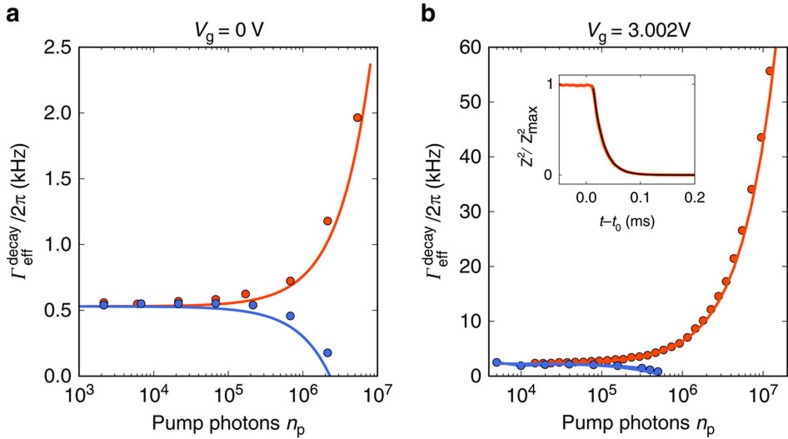Figure 3. Effective mechanical energy decay rates extracted from ring-down measurements.
Mechanical dissipation rate  measured on device A with the ring-down technique as a function of the number np of pump photons in the cavity at Vg=0 V and Vg=3.002 V, where np is proportional to the microwave power Pin applied at the input of the cryostat (see Supplementary Note 3). Red and blue data points correspond to red and blue detuned pumping, respectively. The measurements are well described by
measured on device A with the ring-down technique as a function of the number np of pump photons in the cavity at Vg=0 V and Vg=3.002 V, where np is proportional to the microwave power Pin applied at the input of the cryostat (see Supplementary Note 3). Red and blue data points correspond to red and blue detuned pumping, respectively. The measurements are well described by  (red and blue lines) using g0/2π=9.7 Hz in a and g0/2π=42.6 Hz in b. The inset in b shows a ring-down measurement for np=1.4·106. We plot the normalized vibration amplitude as a function of time t. The resonator is driven with a capacitive driving force for t<t0. At t0 the drive is switched off and the vibration amplitude decays freely (t>t0). We fit the data with an exponential decay (black line) using
(red and blue lines) using g0/2π=9.7 Hz in a and g0/2π=42.6 Hz in b. The inset in b shows a ring-down measurement for np=1.4·106. We plot the normalized vibration amplitude as a function of time t. The resonator is driven with a capacitive driving force for t<t0. At t0 the drive is switched off and the vibration amplitude decays freely (t>t0). We fit the data with an exponential decay (black line) using  with a decay rate
with a decay rate  . The vibration amplitude in ring-down measurements is larger than that in undriven displacement spectra, so that the motion in ring-down measurements can be resolved with lower np.
. The vibration amplitude in ring-down measurements is larger than that in undriven displacement spectra, so that the motion in ring-down measurements can be resolved with lower np.

